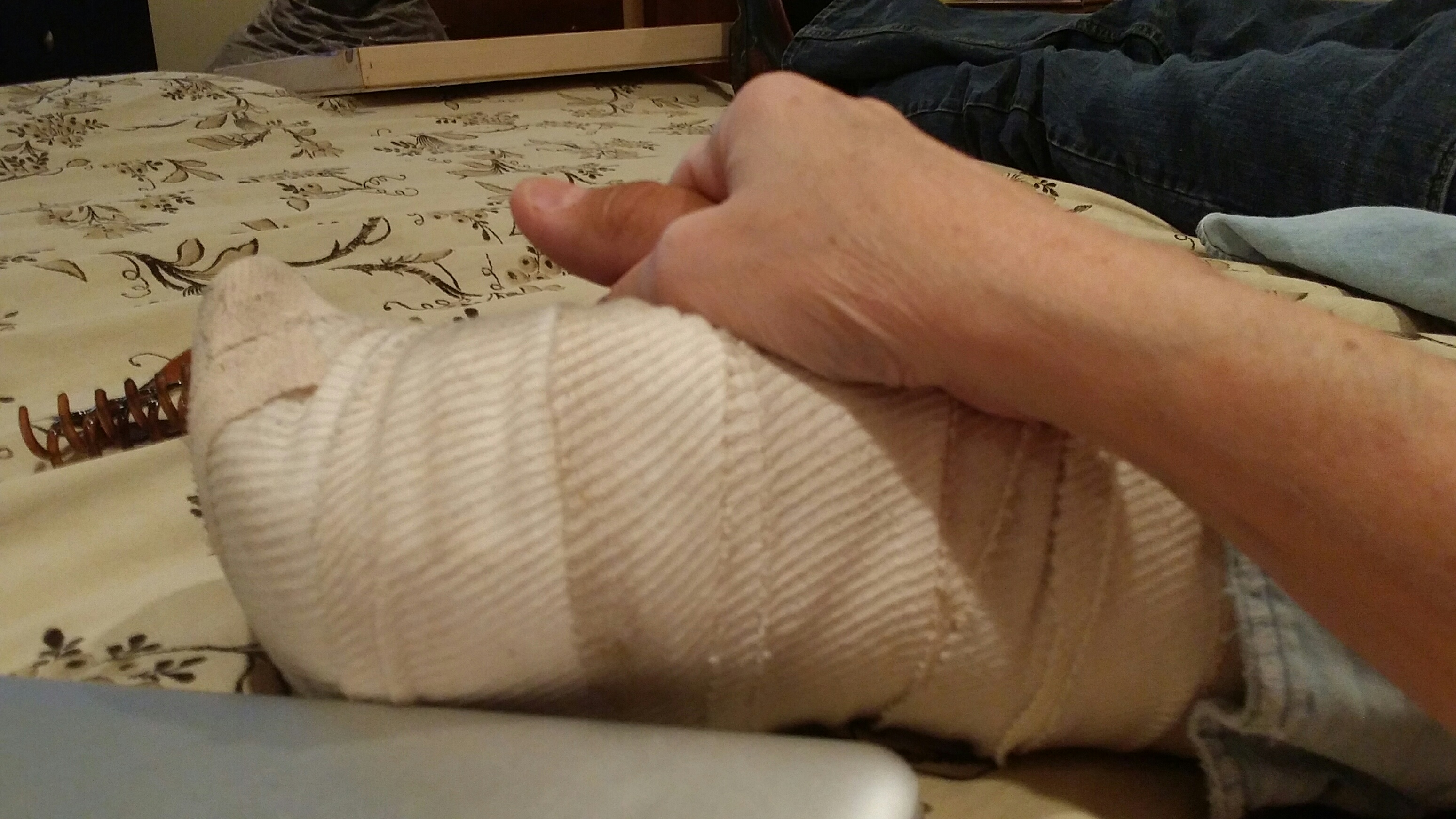How to Prevent a Stroke
Prevent a Stroke
You have probably heard about actor Luke Perry having a stroke. He is not alone. According to the CDC…
- Someone in the United States has a stroke every 40 seconds. Every 4 minutes, someone dies of stroke.2
- Every year, more than 795,000 people in the United States have a stroke. About 610,000 of these are first or new strokes.2
- About 185,00 strokes—nearly 1 of 4—are in people who have had a previous stroke.2
- Stroke is a leading cause of serious long-term disability.2 Stroke reduces mobility in more than half of stroke survivors age 65 and over.2
Who is at risk of a stroke?
I always thought only overweight people had strokes. I was wrong. A friend of mine who is very thin and very active recently had a stroke. I also thought that strokes only happened to the elderly. Again, I was wrong. While age does play a factor, there are plenty of young people who have had strokes. Here’s an article called, “Think you are too young for a stroke? Think again,” by Everyday Health that addresses strokes in younger people.
It can happen to anyone, but here are some known risk factors.
- Race/ethnicity. African Americans have almost two times the risk of white people of having a first stroke. Hispanic Americans and American Indian/Alaska Natives are at greater risk than whites are for having a stroke but are at less risk than African Americans. African Americans and Hispanics are more likely than whites to die after having a stroke.
- Age. Stroke risk increases with age. Three-quarters of strokes occur in people ages 65 and older.
- Geography. The highest U.S. death rates from stroke occur in the southeastern United States.

For more information on strokes and risk factors visit NICHD.
There are things we can do to prevent stroke. It may involve some lifestyle changes, but if you can decrease your chances of having a stroke it will be worth it.
Life Style Choices
Exercise – You knew that one would be at the top of the list, didn’t you? It’s important for a lot of reasons but it lowers your blood pressure and that’s vital. Brisk walking for 30 minutes a day 5 days a week is considered to be enough exercise, but remember, walk briskly!
Reducing blood pressure to recommended levels can cut your risk of a stroke in half. Ideal blood pressure is 135/80. If yours is higher see your doctor and invest in a blood pressure cuff so you can monitor it closely. Keep a daily journal and record your blood pressure at least two or three times a day and take your journal with you to the doctor.
Limit salt (no country ham allowed) and avoid high cholesterol foods. Cheeseburgers and ice cream are two examples of foods that should be avoided.
If you smoke, stop smoking. I know it’s harder to quit smoking for some people than others, but it’s worth it. If you try and fail, try again. Talk to your doctor about things that might help.
Lose weight Like I said before, thin people can and do have strokes but obese people have a much higher risk. If you are overweight (even ten pounds) up your exercise program and eat more fruits and vegetables.
Foods that Fight Against Stroke
There is research that shows that some foods can help prevent a stroke. If some foods are better than others for fighting a stroke then I want to know which foods. Don’t you?
Blueberries – Antioxidants help blood vessels widen to keep blood flow strong while reducing inflammation. Nutritionists recommend seven to ten servings of fruits and veggies every day to help stave off stroke risk. One cup of blueberries counts as two servings toward meeting that goal.

Oatmeal – Lower your “bad” LDL cholesterol by eating a bowl of oatmeal! High cholesterol causes plaque to start building up in the blood vessels around the brain, which is something you don’t want to happen. If you have multiple risks of heart disease, try to get your LDL cholesterol lower than 100 mg/dl. Eat 20 grams of soluble fiber a day to keep your cholesterol in check. Oatmeal has about 15 percent of your daily recommended soluble fiber. Black beans are another good source of fiber.
Bananas – One study found that eating more potassium can lower your risk of a stroke by 24%! That’s a very good reason to eat bananas. We should try to get 4,700 milligrams of potassium a day and a banana has in 422 milligrams. Green bananas are better at reducing blood pressure than really ripe ones.
Fish – Eating fish three or more times a week could lower stroke risk by 6 to 12 percent, according to a study of nearly 400,000 people. Salmon, tuna, and mackerel can reduce inflammation in the arteries which helps improve blood flow and decreases the chance of blood clots. Also, eat less red meat and processed meats. Those have more artery-clogging saturated fats. Try to eat at least two servings of oily fish every week.
For more stroke fighting foods check out Reader’s Digest article here.
Preventive measures against stroke are fairly simple lifestyle changes. Why not take care of your health now and do what you can to prevent a stroke?
#stroke #LukePerry #bloodpressure





Good for you, Pat! That’s great!
Interesting post and good tips, Teresa. High blood pressure runs in my family so I am careful to avoid too much sodium and I try to get exercise daily.
Southerners eat too much salt and fatty foods! Hugs to you, Joan!
Me too, Della. I’m ready for warmer weather!
Good for you! I try to eat a banana and blueberries every day too!
Thanks for visiting NanaHood, Brenda. Strokes are horrible and so damaging. I hope this article helps encourage healthier living!
I feel better reading this as I eat a banana and blueberries every day, often fish and oatmeal! Thanks.
Such great tips! I need to start being more active. Hopefully I can once the weather warms up.
Great piece Teresa! This Michigan winter has reduced my activity level and I know I need more! I eat all the right things but age is against me. Thanks for these reminders and statistics…hearty midwesterners do better than southerners…very interesting!
Well done, my friend!